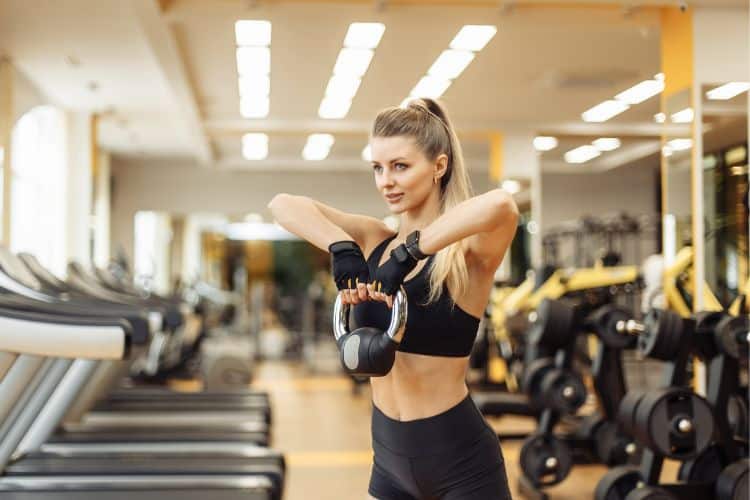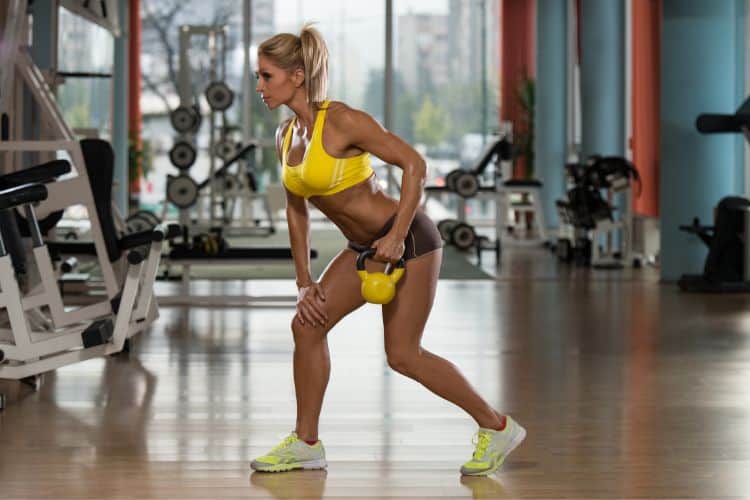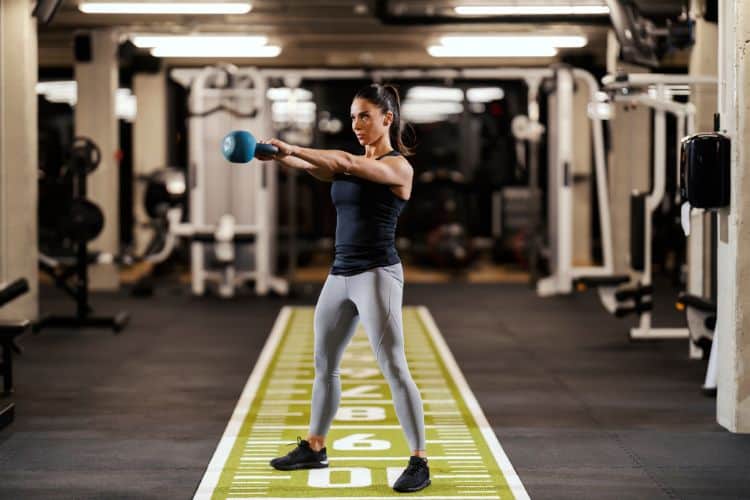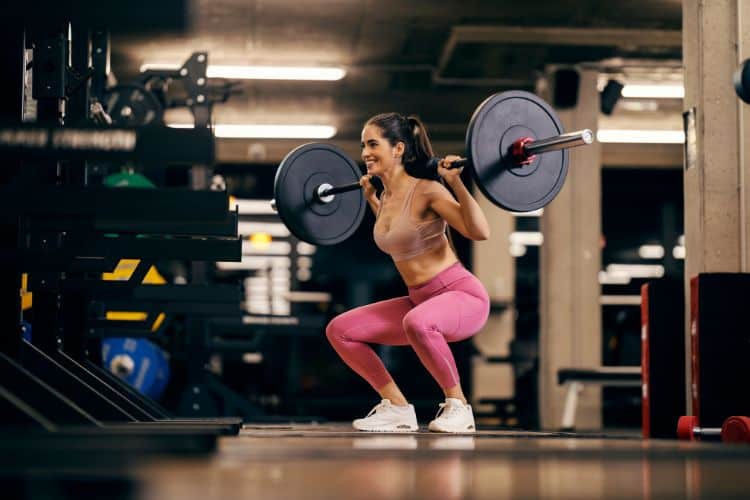Sign up for workout ideas, training advice, reviews of the latest gear and more.






Understanding how many calories you burn during exercise can be a motivating factor in designing a workout routine. This guide explores different types of workouts, breaking down how each affects calorie burn to help you make the best choices for your fitness goals.
When it comes to losing weight or maintaining fitness, understanding calorie burn during different workouts is essential. While calorie burn rates vary from person to person, different exercises generally offer distinct calorie-burning potential based on intensity, duration, and muscle engagement.
Several factors influence the number of calories burned during a workout:
Cardio exercises are often associated with higher calorie burn due to their intensity and engagement of multiple muscle groups. Let’s explore the calorie-burning potential of popular cardio workouts.
Running is among the highest calorie-burning exercises. A 155-pound person can burn around 600 calories per hour at a moderate pace (5 mph) and up to 1000 calories per hour at faster speeds. Running engages the core, legs, and arms, providing a full-body workout with high cardiovascular demand.
Cycling, whether outdoors or on a stationary bike, is excellent for calorie burn and endurance. A vigorous cycling session can burn 600-900 calories per hour, depending on speed, resistance, and terrain. It primarily targets the lower body, making it great for leg strength and endurance.
Swimming is a low-impact workout with impressive calorie-burning potential. If you Swim at a moderate pace can burn 500-700 calories per hour, with more intense strokes like the butterfly increasing that number to 800 or more. This exercise works nearly every muscle group and is particularly beneficial for joint health.
Strength training may not burn as many calories as cardio during the workout, but it promotes muscle growth, which increases resting metabolic rate.
Weightlifting burns fewer calories per session, averaging around 300-400 calories per hour. However, it increases muscle mass, which leads to more calories burned at rest. Compound lifts like squats, deadlifts, and bench presses engage multiple muscle groups, maximizing calorie expenditure.
Bodyweight exercises like push-ups, pull-ups, and squats burn around 300-400 calories per hour. Incorporating high-rep circuits or adding intensity can further boost calorie burn and build endurance.
HIIT alternates between bursts of high-intensity activity and short recovery periods, making it highly effective for calorie burn. A 30-minute HIIT session can burn as many calories as an hour of moderate cardio. Due to the intense effort, HIIT is effective for increasing calorie burn both during and after exercise, thanks to EPOC.
Low-impact workouts are gentler on the joints but can still offer calorie-burning benefits.
Yoga, especially more vigorous forms like Vinyasa or Power Yoga, can burn 200-500 calories per hour. Although less intense than cardio, yoga builds strength, flexibility, and improves muscle tone, which can indirectly aid in calorie burn.
Pilates, particularly mat Pilates, burns around 200-300 calories per hour. More intense versions, like reformer Pilates, can reach up to 500 calories per hour. This workout focuses on core strength, improving posture, and promoting muscle engagement.
EPOC, often referred to as the “afterburn effect,” is the increased calorie burn that occurs after exercise. High-intensity workouts like HIIT or heavy lifting trigger a greater EPOC effect, allowing the body to continue burning calories at an elevated rate for hours after the workout.
Tracking calorie burn accurately requires tools like fitness apps, heart rate monitors, or wearable fitness trackers. Here are some tips:
Different workouts offer varying levels of calorie burn, but finding the best exercise for you depends on your goals and preferences. High-intensity activities and exercises that engage multiple muscle groups typically yield the highest calorie burn, while low-impact options provide effective alternatives with added benefits for flexibility and muscle tone. Use this guide to create a balanced routine that helps you reach your fitness goals.
Stay up to date on the latest women’s health, fitness and lifestyle trends and tips.